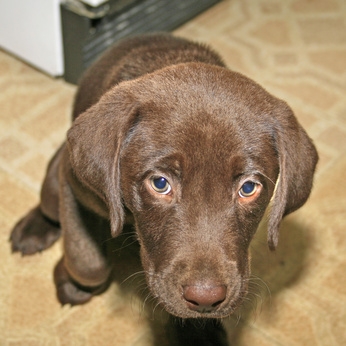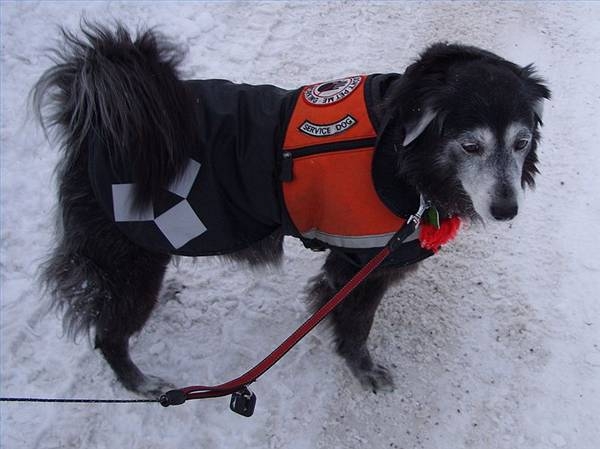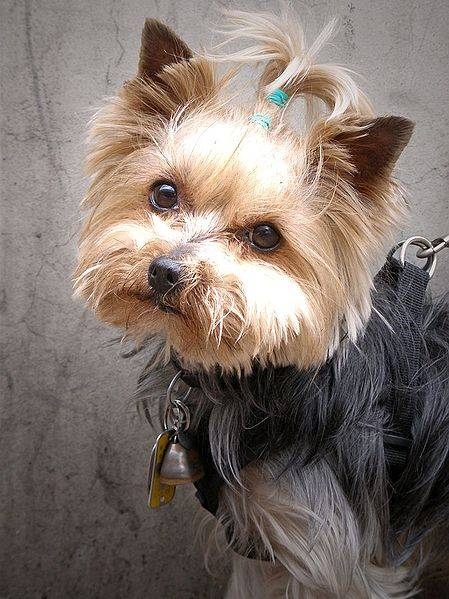Crate training is one of the most effective method that you can use to train your puppy to eliminate according to the schedule that you want. Of course, an animal still makes mistakes sometimes. But with commitment and discipline, you can save yourself a lot of hassle. Your puppy will never inconvenience unnecessarily again. Here is how you can setup crate training for your puppy.
Step 1: Choose the right crate size.
Puppies are very small creatures. The whole goal of using a crate is to force your pet to learn how to control its bladder. Dogs don't like to dirty its own resting place naturally. So when in a crate, it tends not to urinate. So you have to be choose the right crate size in order for the training to be effective. A crate that is too huge defeats the purpose. The dog will just eliminate in one corner, and go rest and play in another corner. Too small, and it's not good for the dog either. The crate is a training tool. It's not meant to be a prison. It has to be comfortable enough for the puppy.
Step 2: Setting up your crate.
Note that your puppy will be spending several hours each day in the crate. Therefore, you need to make it as comfortable as possible for the pet. Otherwise, you will have problems getting it to go into the crate later on. Place some used blankets, paper or soft materials in the crate. Line the crate with some toys to keep the puppy occupied. It doesn't has to know that it is undergoing training. Also, remember to include some water in the crate so that the dog can drink whenever it wants to. You need to make the experience as enjoyable as possible for crate training to work.
Step 3: Starting the actual training.
If your puppy is still very young, start the training by keeping it in the crate for 1 to 2 hours max. You, or a family member, should be around the puppy in the beginning to prevent any separation anxiety. Let the dog know that someone is around. If the puppy starts protesting, don't give in immediately. It just needs some time to adjust itself. As the dog grows older, you can increase the duration of keeping the dog in the crate. This is because older dogs have better ability to control their bladders, and they don't eliminate as frequently.
Final tip: pay attention to timing!
Your dog eliminates based on when it consumes food and drink, and its own age. The older the dog, the less frequent it needs to eliminate. You can cultivate good habits just by paying more attention to when you feed the dog. If you have been with the pet long enough, you can make rather accurate guesses as to when the dog needs to let go.

 Free Potty-Training Tips for Female Pit Bull Puppies
Free Potty-Training Tips for Female Pit Bull P
Free Potty-Training Tips for Female Pit Bull Puppies
Free Potty-Training Tips for Female Pit Bull P
 Crate Training an 8 Week Old Lab Puppy
Crate Training an 8 Week Old Lab Puppy
Crate Training an 8 Week Old Lab Puppy
Crate Training an 8 Week Old Lab Puppy
 Service Dog Training Requirements
Service Dog Training Requirements
Serv
Service Dog Training Requirements
Service Dog Training Requirements
Serv
 Training a Yorkie
Training a Yorkie
Training a Yorkie. T
Training a Yorkie
Training a Yorkie
Training a Yorkie. T
 How to Night House Break or Train a Dog or Puppy
How to Night House Break or Train a Dog or Pup
How to Night House Break or Train a Dog or Puppy
How to Night House Break or Train a Dog or Pup